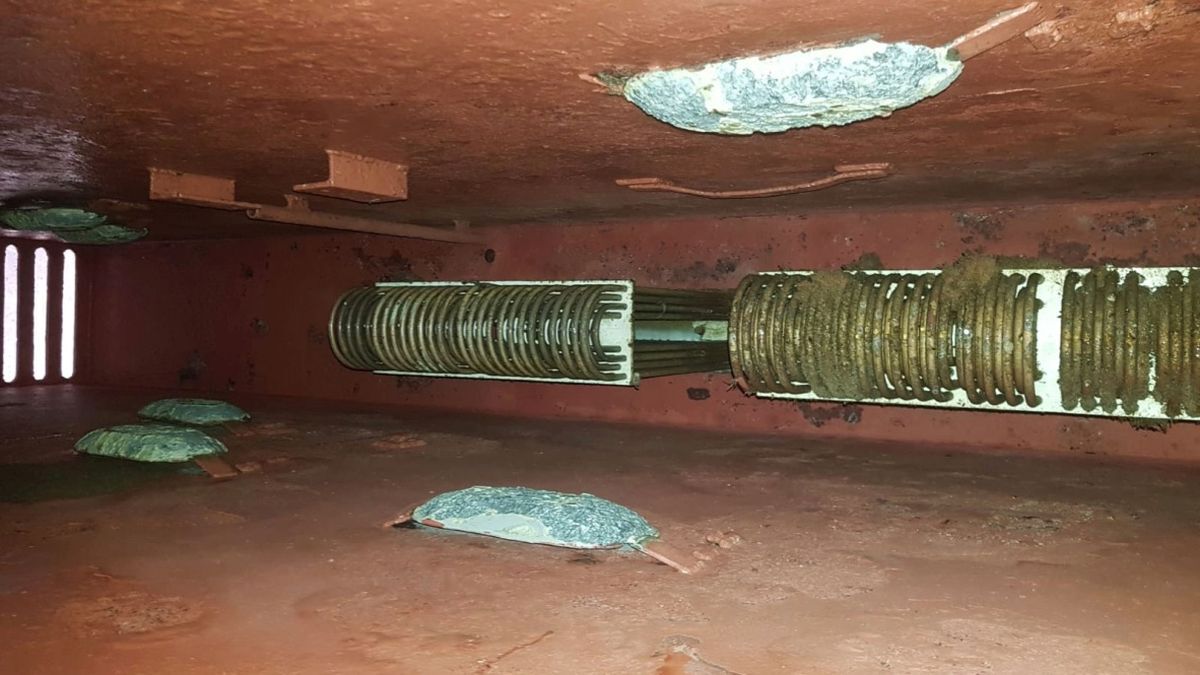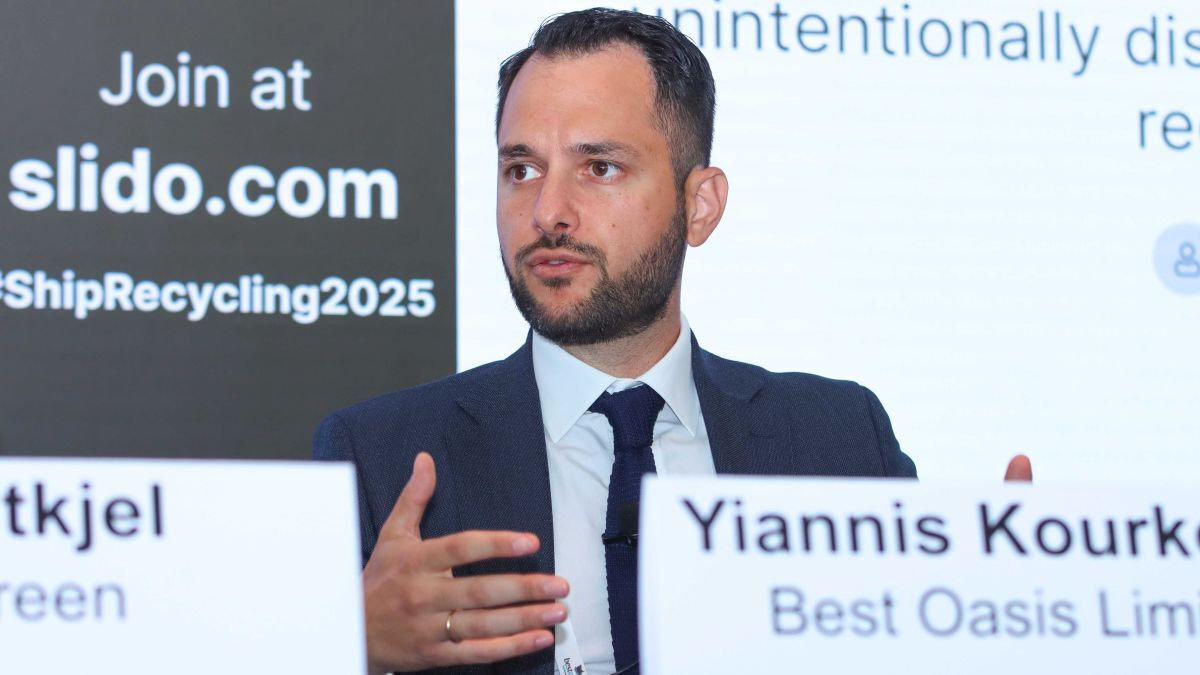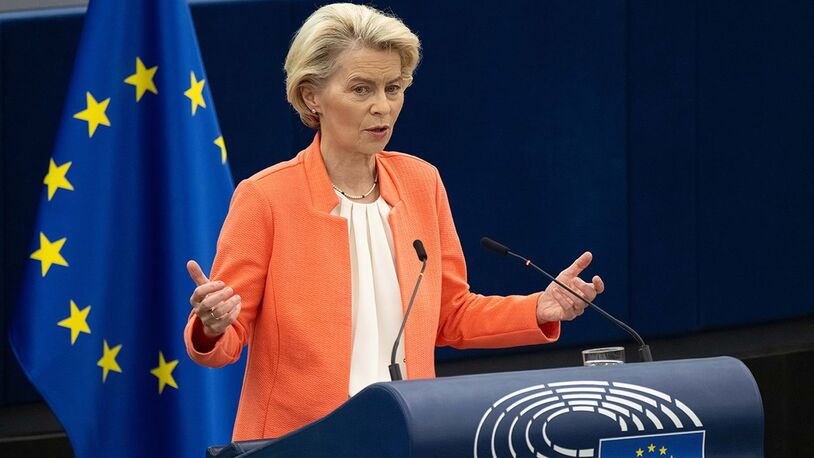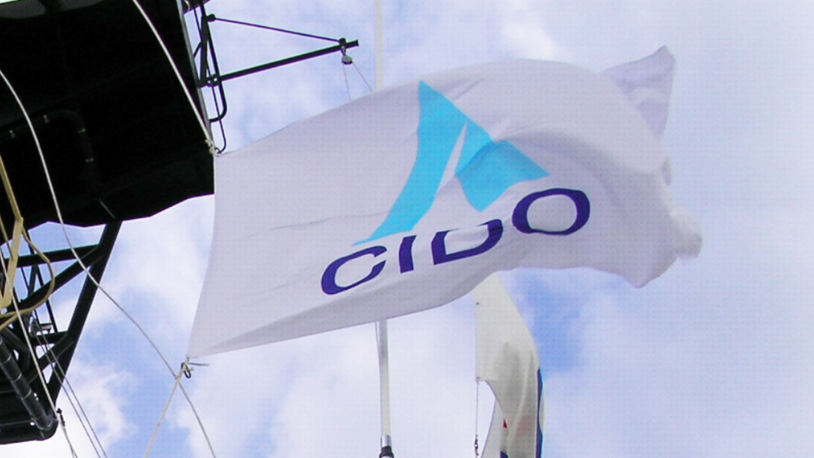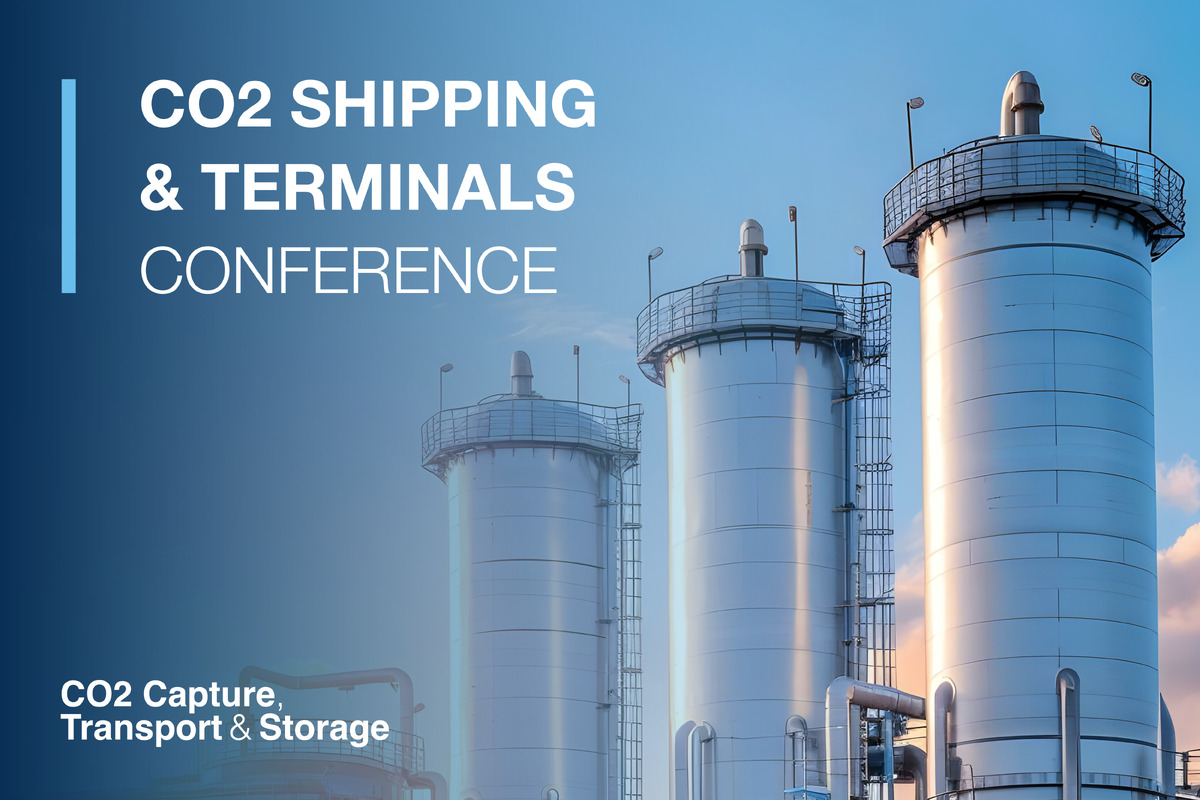Business Sectors
Contents
Optimising trim in loaded condition
Eniram, based in Finland, has completed a study on very large crude tankers (VLCCs) that it says shows fuel savings of 730 tonnes annually per vessel from increased efficiency using trim optimisation and a further 420 tonnes using hull fouling resistance monitoring.
The study used a 320,000 dwt VLCC covering 450 days at sea. It found that the impact of hull fouling increased by 2.9 per cent during the period, producing an impact on fuel consumption of 1.5 per cent, adding 420 tonnes.
Data gathered on board can monitor the impact of fuel efficiency due to changes in hull resistance as a result of fouling, so that remedial action can be taken.
At a fuel price of US$650 per tonne, the saving from dynamic trim optimisation equates to a total of US$474,500, and from hull fouling monitoring US$273,000.
Eniram’s Henrik Dahl said “While cruise operators can usually predict the rate of increase in fouling because their routes are very predictable, tankers do not have this luxury as they typically cover a wide range of ocean regions. As a result, it has been hard until now for tanker operators to quantify the effect of fouling and the related impact on fuel consumption.
“The findings from our study provide valuable insight into tankers’ operating efficiency at a time of continued high bunker prices and a volatile global economy impacting margins,” he says.
Eniram’s director of environmental and regulatory solutions, Melvin Mathews, says the company had seen similar studies of container ships but not of large cruise ships or tankers. He says the company did not expect big savings but actually saw much bigger savings than expected: “If anything we expected to see any savings in the ballast condition but did not expect it in the loaded condition due to the limited options available for trim. We learned that a ship can be trimmed in the laden condition.
“It is challenging to carry out the work for large tankers due to the long voyages to often remote offshore terminals. But quite a few tanker operators have taken up the trim optimisation product and we have been able to plan smooth and short installation processes.”
Captain Mathews adds that ships’ crews have been positive about the product. “It is our biggest success and if it is to be effective it is important that the crew believe what they do can make a difference. Crews have tried out the system to see its effect. The advantage is that we can monitor the actual rate of fuel usage on board.”
Captain Mathews says that it is crucial that ships’ crews see the difference the system can make: “The potential for tanker savings is significant but it depends on how effectively the crew use it.
“Ours is a dynamic system so we can see when ships are in optimum trim condition and we have also been able to see the effect of hull cleaning. We have seen significant savings from optimum frequency of hull cleaning, as well as which cleaning companies produce better results than others and do not damage hull coatings.”
Captain Mathews explains that Eniram is helping customers to display and analyse their own data: “It is original data and not manipulated in any way.”
Eniram has installed about 150 of its dynamic trim optimisation systems on board ships of various types. Only a small number of them are tankers, but Captain Mathews says that following the study the company is now seeing more business from the tanker sector.
“Eniram is able to verify actual savings from other providers, such as coatings suppliers, and from other devices and can act as an independent third-party verifier of the actual effects a modifier provides. We do a lot of analyses around anti-fouling.”
Eniram is conducting trials with other tanker owners and with oil majors involving their own fleets. The results of these trials are expected to be available next year.TST
Related to this Story
CMB.Tech 'positive' on IMO's new framework, hails ammonia as 'the way forward'
Events
Reefer container market outlook: Trade disruption, demand shifts & the role of technology
Asia Maritime & Offshore Webinar Week 2025
Marine Lubricants Webinar Week 2025
CO2 Shipping & Terminals Conference 2025
© 2024 Riviera Maritime Media Ltd.



